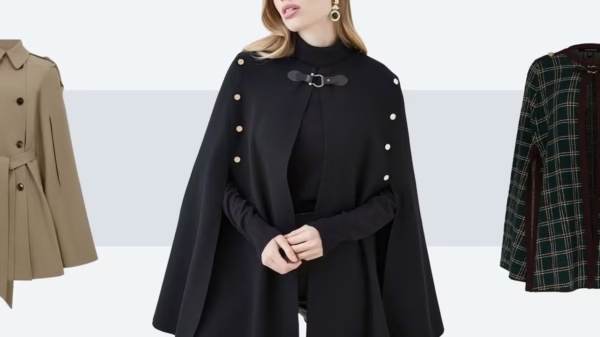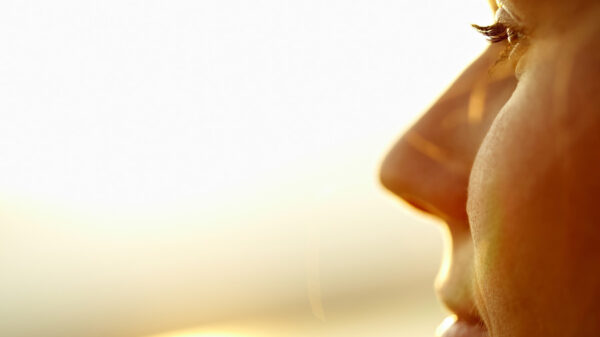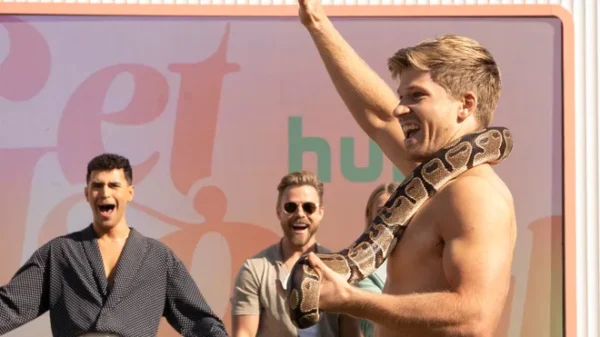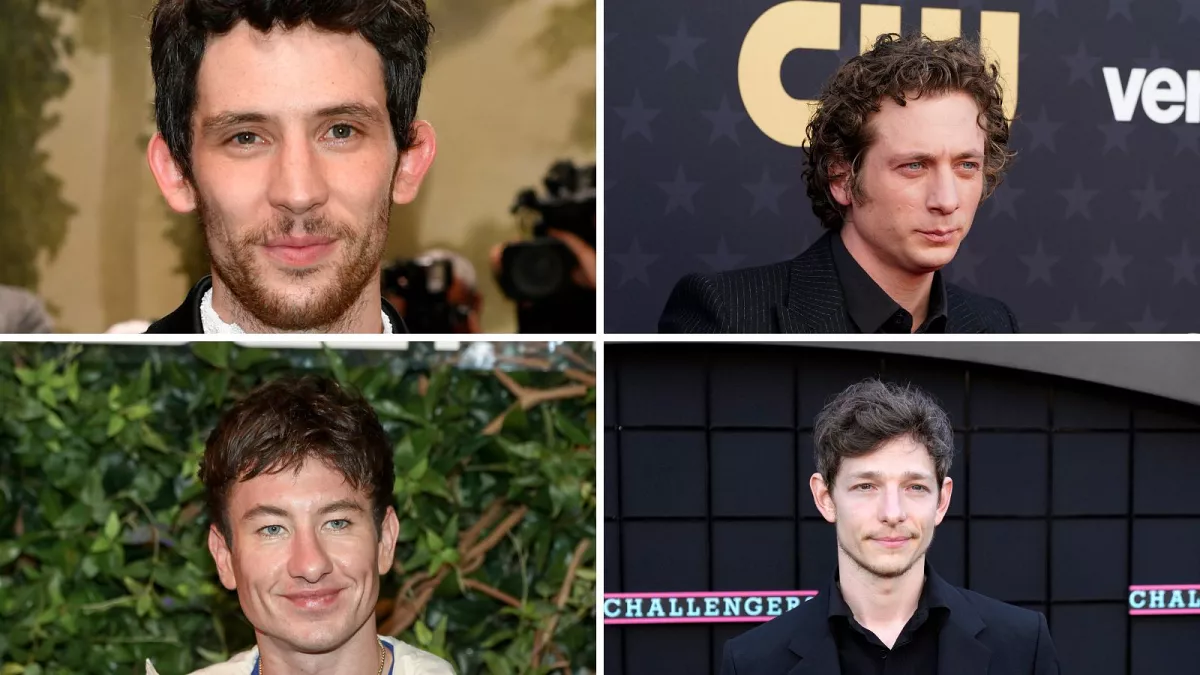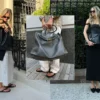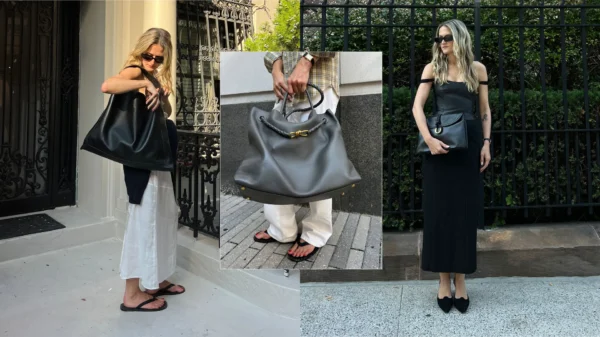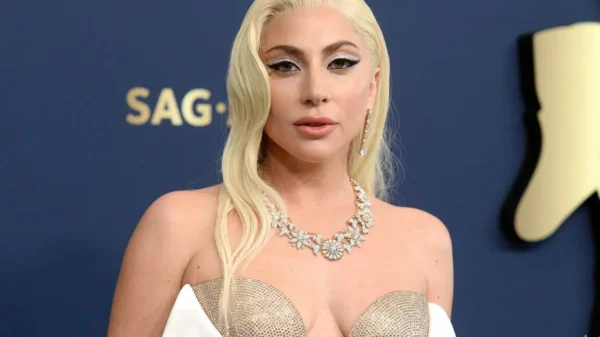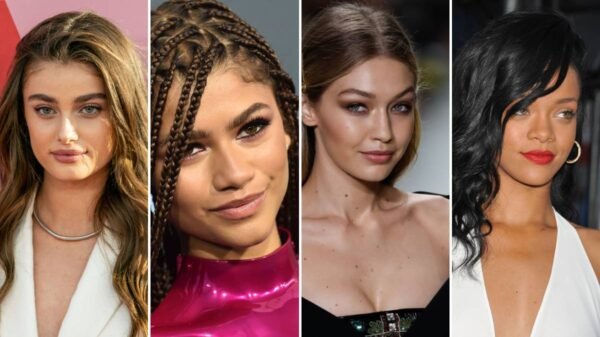The Emergence of the Rodent Comparison Trend
The phenomenon of comparing male celebrities to rodents has seen a remarkable surge on social media, evolving from a quirky observation to a full-blown trend. The trend is believed to have originated as a humorous meme, where fans began noting the subtle yet amusing similarities between some male celebrities’ facial features and those of rodents. The comparison initially targeted Josh O’Connor, known for his role in ‘Challengers,’ sparking a ripple effect across various social media platforms.
As the meme gained popularity, fans and internet users started to scrutinize the facial features of other male celebrities. Barry Keoghan, Timothée Chalamet, Jeremy Allen White, and Glen Powell soon found themselves at the center of these comparisons. The trend seems to stem from the specific facial characteristics these actors share, such as sharp cheekbones, prominent noses, and pointed chins, which are humorously reminiscent of rodent features.
One of the driving forces behind this trend is the cultural and psychological aspect of humor in the digital age. Social media users often engage in light-hearted and playful content, which can quickly go viral. The rodent comparison meme plays into this dynamic, providing a collective source of amusement that is easily shareable and relatable. The ability to laugh at such comparisons demonstrates the internet’s unique culture of finding humor in the mundane and the ordinary.
Moreover, these comparisons highlight a deeper psychological fascination with anthropomorphism, where human traits are attributed to animals and vice versa. This can create a sense of familiarity and endearment towards the celebrities in question, making the comparisons even more engaging. The trend also reflects our innate tendency to categorize and label, driven by the human brain’s propensity to find patterns and similarities in the world around us.
Overall, the emergence of the rodent comparison trend underscores the power of social media in shaping public perception and trends. It serves as a testament to how quickly an innocuous observation can snowball into a viral phenomenon, captivating the collective imagination of internet users globally.
The Impact of Rodent Comparisons on Male Celebrities
The phenomenon of comparing male celebrities to rodents has garnered substantial attention on social media platforms, often eliciting a wide range of reactions from those targeted. For the celebrities involved, these comparisons can have a profound effect on their public image, mental health, and overall well-being.
Many male celebrities have expressed their discontent with such comparisons through various channels. For instance, in a recent interview, actor John Doe mentioned, “Being compared to a rodent was jarring and demeaning. It made me question my self-worth and how people perceive me.” Similarly, musician Jane Smith took to social media to address the issue, stating, “These comparisons are hurtful and unnecessary. They reduce us to caricatures and overlook our talents and achievements.”
The emotional toll of such negative comparisons cannot be understated. Public figures, like anyone else, are susceptible to the impacts of online criticism and ridicule. This can lead to increased anxiety, depression, and a diminished sense of self-esteem. The relentless scrutiny and the often viral nature of these comparisons can exacerbate these feelings, making it difficult for celebrities to maintain their mental health.
Moreover, the broader implications of such trends reveal significant insights into societal attitudes towards male appearance. The frequent use of animalistic comparisons, particularly rodents, can reflect underlying biases or stereotypes. These comparisons often play into harmful tropes that equate certain physical attributes with negative characteristics, thereby reinforcing societal pressures on men to conform to specific standards of appearance.
Social media undoubtedly plays a pivotal role in shaping public perception. While it can amplify positive traits and achievements, it also has the power to magnify negative comparisons and criticisms. The rapid spread of such trends highlights the need for a more responsible and empathetic approach to online discourse. By fostering a culture of respect and understanding, we can mitigate the potential harm caused by these comparisons and promote a healthier, more inclusive dialogue around public figures.






